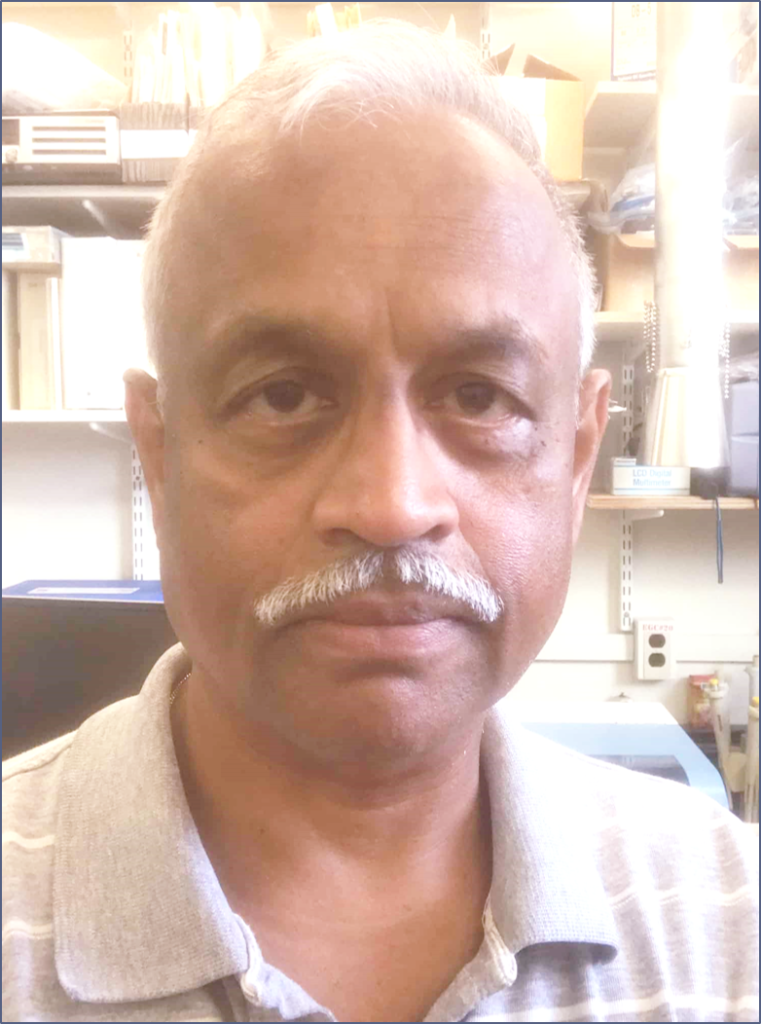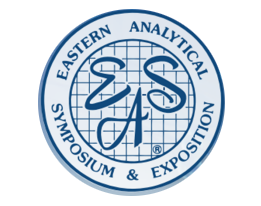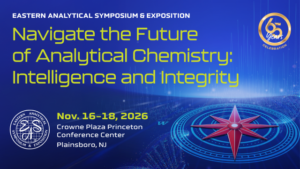One-day course
Sunday, Nov. 14; 8:30am – 5:00pm
Dr. Ashok Deshpande, NOAA Fisheries, Northeast Fisheries Science Center, Highlands, NJ
COURSE DESCRIPTION
This course will begin with a discussion on history of natural polymers and synthetic polymers. This will be followed by a discussion on the integration of plastics in the modern society, excessive accumulation of single use plastics and the related environmental issues. The next part will include a discussion on the analytical approaches to the characterization of plastic polymers, copolymers, and chemical additives. The final component of the course will discuss the plastic upcycling efforts.
WHO SHOULD ATTEND
The course will be useful to environmental scientists, analytical chemists, and students interested in the issue of plastic pollution.
TOPICS
- History of Natural and Synthetic Polymers
- Integration of Plastics in the Modern Society
- Exponential growth of plastic footprint over the past 50-60 years
- Use of single use plastics
- Accumulation of excessive plastics in the environment
- Transport and distribution of plastics to the marine ecosystems
- Breakdown of large plastics into microplastics, ingestion by aquatic species and toxic effects
- Need for chemical characterization of plastics for source identification and pollution abatement
- Analytical approaches to microplastics characterization using different instrumental methods
- Examples of microplastics analyses using pyrolysis GC-MS
- Recycling/Upcycling of waste plastics

ABOUT THE INSTRUCTOR
Ashok Deshpande has been working as a Research Chemist at NOAA Fisheries Northeast Fisheries Science Center Laboratory in Sandy Hook, NJ for about 30 years. Before joining NOAA, he was a research faculty at Virginia Institute of Marine Science/College of William and Mary, and a postdoctoral researcher at Eppley Institute for Research in Cancer and Allied Diseases/University of Nebraska Medical Center and Ohio State University. His research is focused on the application of chemistry principles in addressing the baseline fisheries topics. These studies included the assessment of persistent chemical contaminants in the recreational and commercial fisheries resource species and the examination of potential uses of intrinsic and naturally embedded tracer chemicals in the assessment of habitat ecology, migratory behaviors, and predator-prey interactions. He has participated in various multidisciplinary studies involving government and academic scientists as well as the high school, college, doctoral, and postdoctoral students. He actively collaborates with the faculty and students affiliated with the minority serving institutions. His recent interest is based on the characterization of microplastics polymers by using a novel technique of pyrolysis GC-MS. He has successfully analyzed a variety of hundreds of plastic samples from different littoral and aquatic environments and in seabirds.

